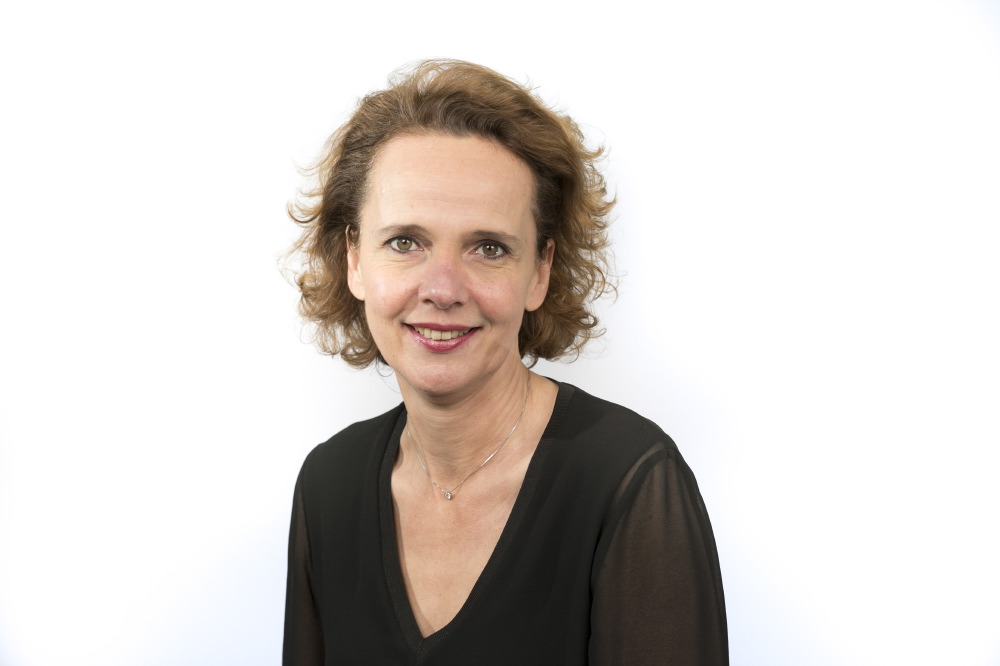- Home
- EN
- Our impact
- ProspeKtive
- Hybridization of work: looking for the right balance

Hybridization of work: looking for the right balance
January 2021
The experts
With the health crisis, the French have massively discovered teleworking and seem to take a liking to it. But an unknown remains regarding the amount of teleworking for both the employee and the company to be winners. And let's say it forcefully: the right answers will be contextualized and scalable.
To this day, hindsight and prudence are required. Organizations still face uncertainty, and the balance between working inside and outside the corporate walls is complex to grasp. Moreover, it is still time to assess the advantages and disadvantages of teleworking.
For employees, the gain in Overall Quality of Life seems obvious, in particular due to the lack of transport and a cognitive environment at home which is often more conducive to concentration. But the fear of isolation is real. For managers, teleworking is recognized as a QWL gain for employees, a source of performance, commitment and even attractiveness. If the question of optimizing surfaces is quite legitimate given a weaker presence on site, space is well perceived as a support for social dynamics, the richness of which remains a major issue. A consensus therefore seems to be emerging to recognize that a point of balance could allow everyone to find what they are looking for. It remains to be seen how to find it!
When it comes to balance, no excess!
The current period allows us to measure that working exclusively from a distance is certainly possible for activities in the tertiary sector, but not desirable. It is then the two-day-a-week gauge that seems to agree with all the stakeholders. "If it is practiced more than two days a week, teleworking can lead to a feeling of abandonment, of lack of emulation, but also of derealization: by dint of being alone in front of his computer and of transmitted objectives through software, you can end up losing sight of the purpose of your work, the reality of your contribution to a collective program, ”emphasizes sociologist Danièle Lenhardt. However, the question of the number of days does not arise in the same way depending on many variables because in reality, heterogeneous situations of hybridization between face-to-face and distance-learning will unfold despite rather uniform company agreements. Needs and practices may differ from person to person.
But how do you adjust the slider?
Share findings and dialogue
The crisis we are experiencing teaches us a lot about the misdeeds of the endured dimension of remote work because teleworking must be seen as a choice and not a constraint. Feelings of employees and the managerial line, perceived performance and actual performance must be understood in order to identify the lines of force necessary for opening up dialogue. Nature of the missions, site constraints, distance constraints, part of individual and collective work, management, autonomy of management of working space-time, added value of the office, corporate culture must be questioned to grasp reality of the field and make hybridization a lever of organizational fluidity and especially not an obstacle, which constitutes a very real risk.
Frame, experiment, learn and adjust
At the end of a dialogue based on shared observations, it becomes possible to co-construct a framework with an ideally interdisciplinary team. This framework must, however, leave room for maneuver for adjustments between an employee and his manager to take into account the professional and personal characteristics of each. The device may also be the subject of an experiment, over a significant period and / or geographical area, which will provide a basis for reflection in the situation. A base of facts made up of qualitative and quantitative data will help foster dialogue, enrich the system and adapt work environments accordingly. We thus encourage the teams we support to engage in a process of continuous improvement and open dialogue, as close as possible to actual work.
Sources:
- Kardham survey: 'impact of the health crisis on work environments', October 2020
- OpinionWay survey for Echoes of the month of May 2020,
- Observatory of emerging mobility in 2018
- Ademe report: the complexity of the carbon footprint of teleworking
- "The real risk of teleworking is social isolation", Danièle Linhart in Le Un: Teleworking is health, May 20, 2020
Release date: January 2021




